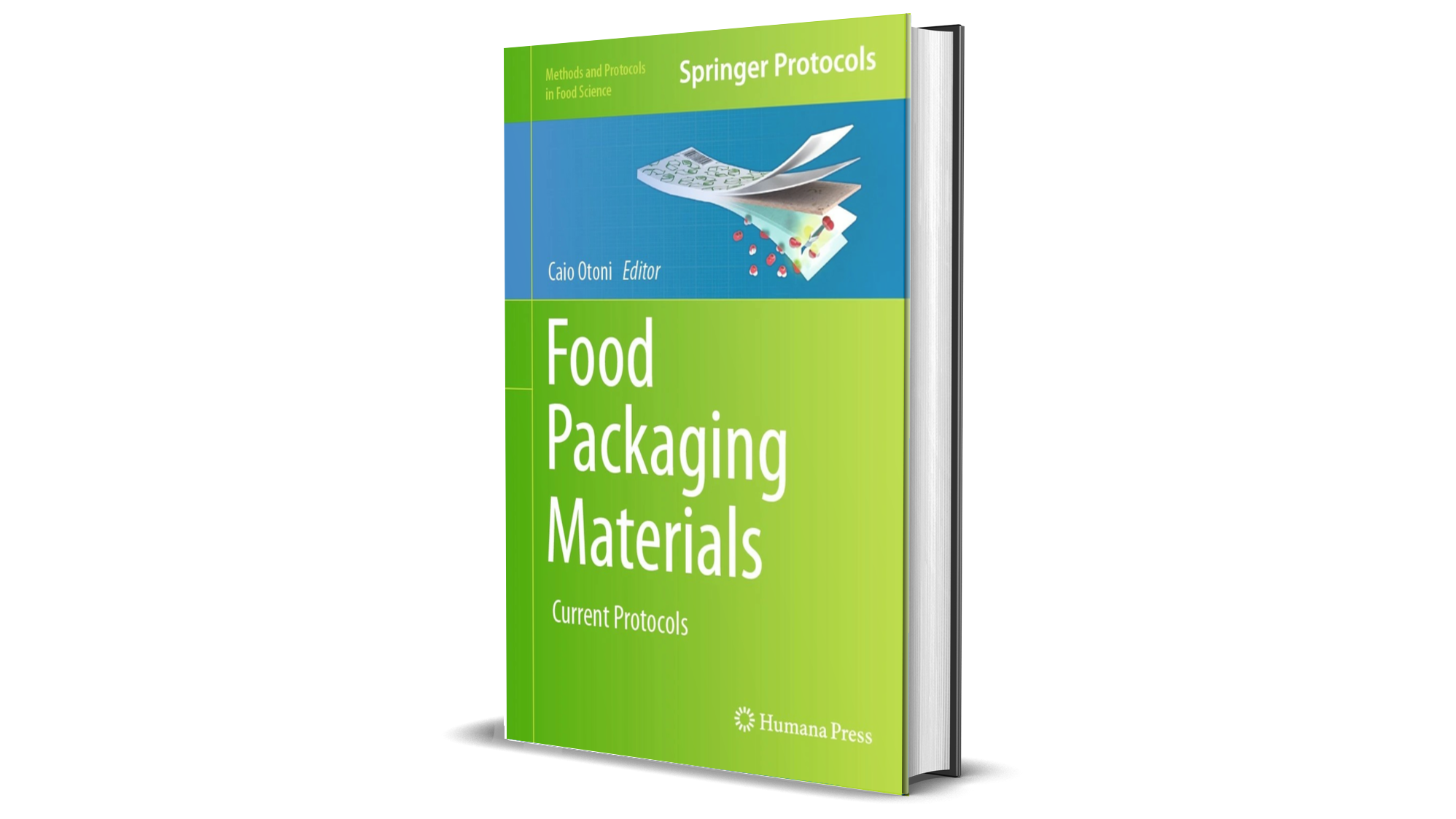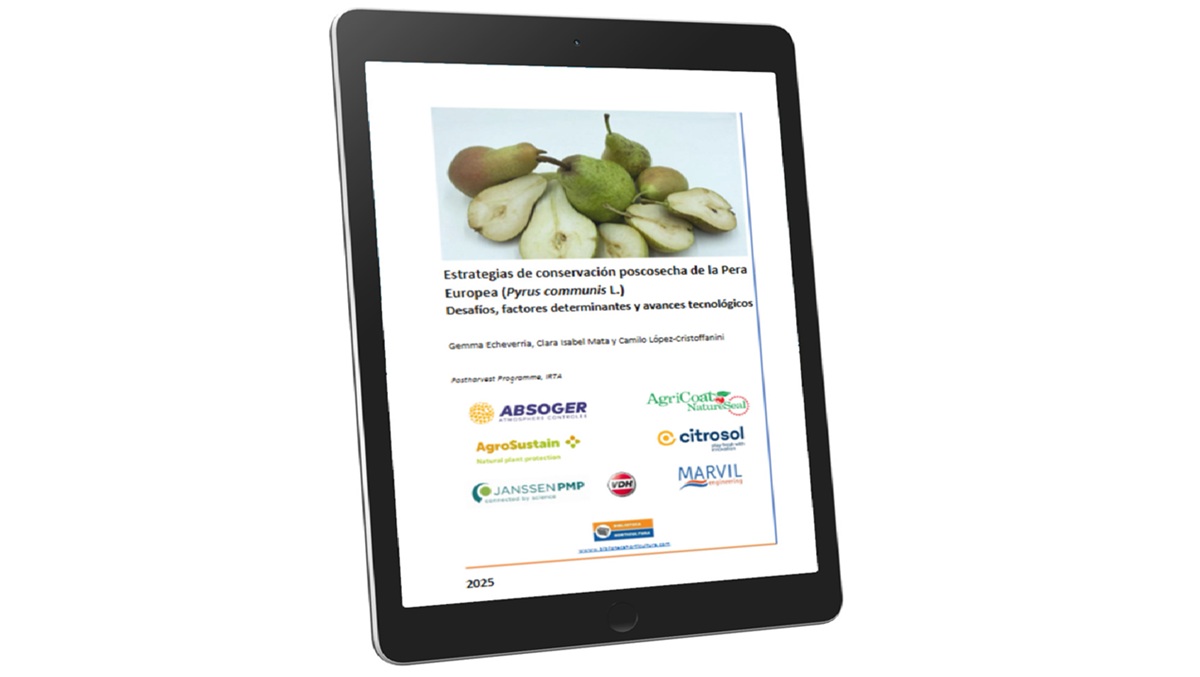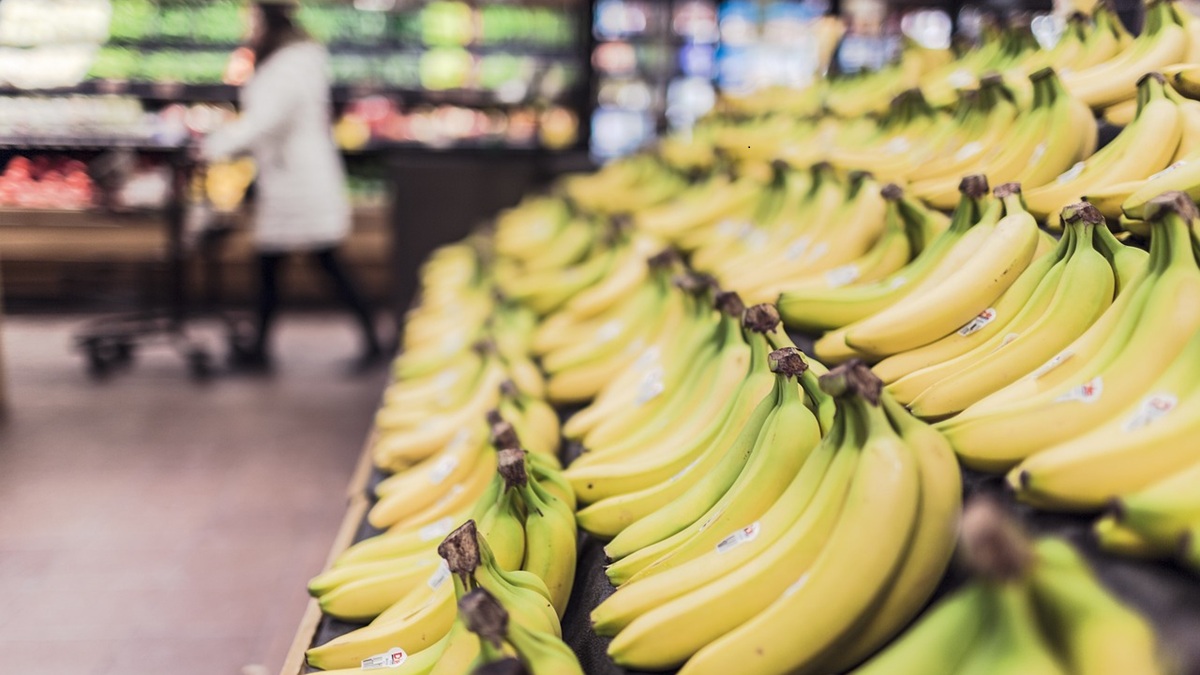Phytosanitaries
Protocols for Evaluating the Antifungal Activity of Edible Coatings on Fresh Produce
Researchers from the Postharvest Technology Center (CTP) at IVIA contribute to a monograph on updated protocols for food packaging

Prof. Lluís Palou and Dr. María Bernardita Pérez-Gago from the Postharvest Technology Center (CTP) at IVIA are the authors of the chapter titled "Antifungal Activity of Edible Films and Coatings for Packaging of Fresh Horticultural Produce," which is part of the recently published book "Food Packaging Materials. Current Protocols" (Humana Press, Springer Link, 2024).
In a total of 22 chapters, this monograph, edited by Dr. Caio Otoni (Federal University of Sao Carlos, Sao Paulo, Brazil), details the most cutting-edge protocols and methodologies used in laboratories worldwide for research, development, and innovation in food packaging. Each chapter provides a detailed description of the corresponding protocols in three fundamental sections: the materials, chemicals, and equipment used; the description of the procedures themselves, with special emphasis on reproducibility; and comments and advice to address any potential execution issues that may arise. The book, part of the "Methods and Protocols in Food Science" series (Springer Link), serves as a comprehensive, state-of-the-art, high-quality manual for use in both academic and industrial settings.
In Palou and Pérez-Gago's chapter, protocols are described for the in vitro and in vivo evaluation of the antifungal activity of films and edible coatings (ECs) used for postharvest treatment of fresh fruits and vegetables. Antifungal ECs are typically prepared by incorporating bioactive ingredients with antifungal capacity into the EC matrix, usually formed by a hydrocolloid and a lipid. Different methods and numerous variations can be adopted for both in vitro and in vivo evaluation, depending mainly on the specific purpose of each assay, the components and properties of the EC matrix and antifungal agent, the nature of the pathogenic fungus and the epidemiology of the postharvest disease to be controlled, and the characteristics and usual postharvest handling of each fresh horticultural product. Generally, fungal inoculum is used in experiments, the preparation of which is also detailed in the chapter, with solid dry films of the EC for in vitro tests and liquid emulsions of the EC for in vivo assays (with fruit). Three of the most useful and common in vitro tests are described: agar diffusion tests, surface inoculation tests of the film, and fungal spore germination tests with plate counting. For laboratory-scale in vivo experiments, the EC is applied to the fresh product artificially inoculated with the pathogen, and the disease incidence and severity and fungal sporulation are determined after different incubation periods or refrigerated storage. In later stages, semi-commercial or commercial trials on a larger scale can be designed, conducted in pilot plants or facilities at horticultural centers, with naturally infected products undergoing the corresponding industrial postharvest handling.
For more information about Palou and Pérez-Gago's chapter, visit Antifungal Activity of Edible Films and Coatings for Packaging of Fresh Horticultural Produce (gva.es), and for information about the complete book, visit https://link.springer.com/book/10.1007/978-1-0716-3613-8.












